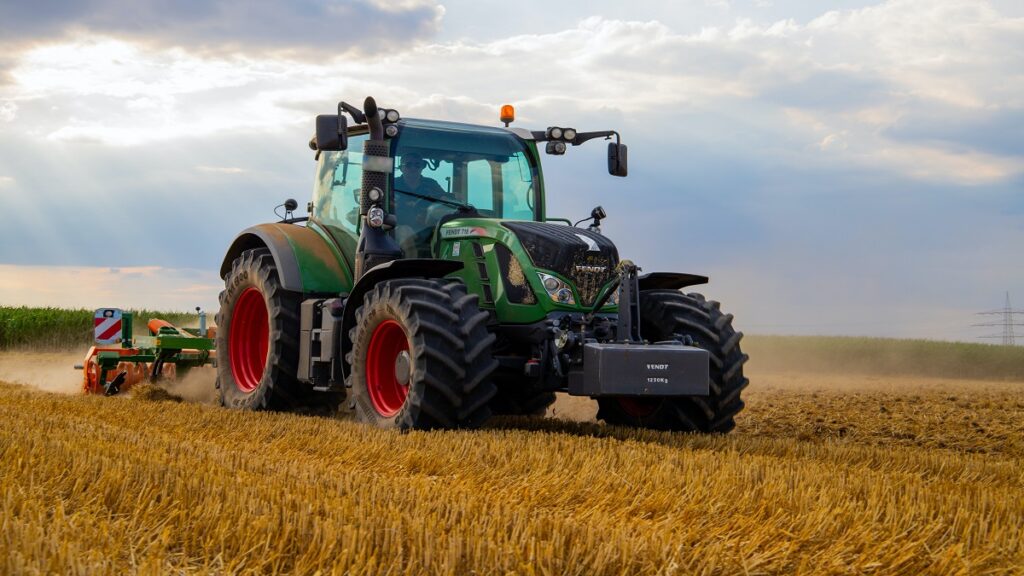John Deere has created a new device that it claims can reduce herbicide use by two thirds through the use of cameras and AI. This marks the blossoming of the company’s earlier efforts to incorporate tech into its products to deliver ‘smart farming’.
The new tractor-pulled weed sprayer called See & Spray Ultimate has the typical field sprayer build, with two long arms or ‘booms’ sticking out either side of the tractor and spraying nozzles dotted along the underside of each. Yet 36 cameras are additionally fitted to the structure, and these constantly scan the plants in front of them, and use AI to instantly identifying what is a crop and what is a weed.
A 2021 study revealed that the annual financial impact of weeds on just one specific crop – winter wheat in the US and Canada – could total $2.2 billion.
“Our system is capturing two million pixels per second, so it is seeing and processing a lot,” says Ms Kovar, VP of Production and Precision Agriculture Production Systems at John Deere.
It then references this input against a software stacked with more than 300,000 images to determine what is a weed whilst on its journey. The system currently works with three crops – corn, soybean, and cotton – and is so far only available in the US.
Where this saves on pesticides is connected sprinklers then only spray herbicide onto the individual weeds rather than drenching the entire field. Another benefit touted is by being more clinical with the use of pesticides can help reduce the by-products its application cause: soil pollution and even more polluted produce.
Yet, in machine vs. nature, nature has a trick up its sleeve that can make this system a constantly adapting process. Weeds can evolve to look more like crop plants, especially if a niche is being carved out through the elimination of its competitors.
John Deere isn’t the only company introducing new technology to this agricultural process. One weeding innovation from LaserWeeder moves away from spraying herbicides altogether and instead uses high-powered thermal lasers that zap weeds once they have been identified by the similar AI-enabled camera software. It is claimed this process can eliminate up to 100,000 weeds per hour when pulled along by a tractor. Killing weeds with lasers allows farmer to avoid ‘spray drift’ that can happen with herbicide spraying, even if the targeting is as exact as possible with the John Deere system.
Currently, high costs are being cited as a hurdle for these new weeding technologies making a more broader rollout, especially in developing countries. Experts have called for financial subsidies, already given to farmers by some governments, to extends to pieces of industrial technology like this so that they can afford to buy them and see a more wide-spread implementation of this.
There’s also plenty of other AI editorials at IoT Insider’s sister publication, Electronic Specifier. And you can always add to the discussion at our comments section below or on our LinkedIn page here.
